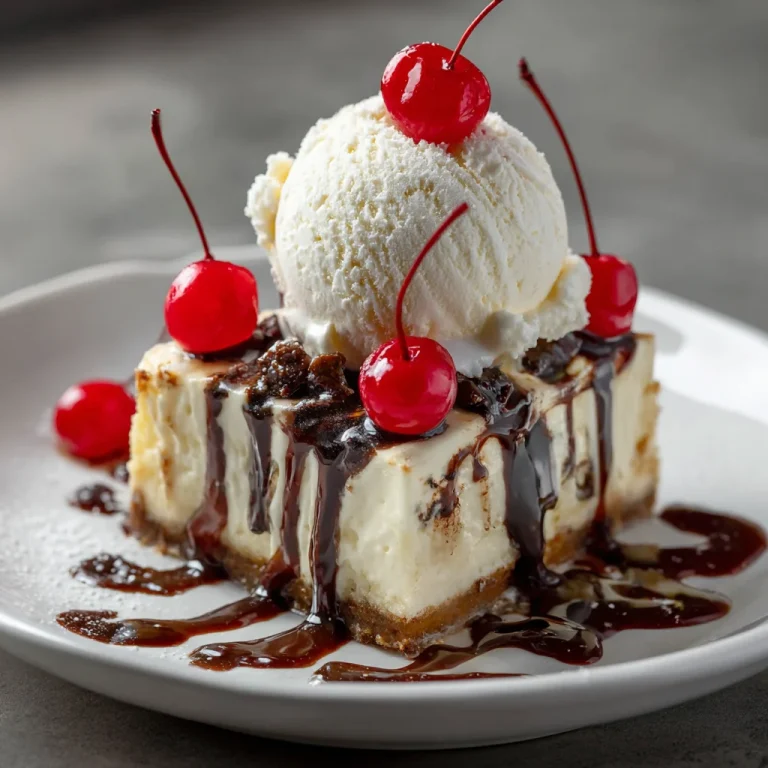Easter Cake Recipe: A Delicious and Festive Dessert for Your Celebration
Easter is a time for family gatherings, delicious meals, and, of course, sweet treats. One of the best ways to celebrate the season is with a homemade Easter cake. This Easter cake recipe is perfect for your holiday table—light, fluffy, and full of festive flavors. Whether you’re hosting an Easter dinner or simply looking to enjoy a special dessert with your loved ones, this cake is sure to impress. Let’s dive into this easy-to-follow recipe that combines classic cake ingredients with a fun, springtime twist!

Ingredients for the Easter Cake:
For the Cake:
- 2 cups all-purpose flour
- 1 ½ cups sugar
- 1 ½ tsp baking powder
- ½ tsp baking soda
- 1 tsp vanilla extract
- 2 large eggs
- ½ cup unsalted butter (softened)
- 1 cup buttermilk
- Zest of 1 lemon
- ½ cup fresh orange juice
- A pinch of salt
For the Frosting:
- 1 cup unsalted butter (softened)
- 4 cups powdered sugar
- 2 tsp vanilla extract
- 2 tbsp heavy cream
- A few drops of food coloring (optional)
For Decoration:
- Easter-themed sprinkles
- Fresh edible flowers (optional for a spring touch)
- Colored sugar (optional)
How to Make Easter Cake:
- Preheat the Oven: Start by preheating your oven to 350°F (175°C). Grease and flour two 9-inch round cake pans, or line them with parchment paper for easy removal.
- Mix Dry Ingredients: In a medium bowl, whisk together the flour, baking powder, baking soda, and salt. Set this aside.
- Cream Butter and Sugar: In a large mixing bowl, cream together the butter and sugar until light and fluffy, about 3-4 minutes. This step is crucial for the texture of the cake, so don’t rush it.
- Add the Eggs and Flavors: Beat in the eggs, one at a time, mixing well after each addition. Add the vanilla extract, lemon zest, and orange juice and stir until the mixture is smooth.
- Alternate Adding Dry Ingredients and Buttermilk: Gradually add the dry ingredients to the wet mixture in three parts, alternating with the buttermilk. Start and end with the dry ingredients. Mix until just combined—don’t overmix, as this can make the cake dense.
- Bake the Cake: Divide the batter evenly between the two cake pans and smooth the tops. Bake in the preheated oven for 25-30 minutes, or until a toothpick inserted into the center comes out clean. Let the cakes cool in the pans for 10 minutes, then turn them out onto a wire rack to cool completely.
- Prepare the Frosting: While the cakes are cooling, beat together the butter and powdered sugar in a large mixing bowl. Add the vanilla extract and heavy cream. If you want to add color to your frosting, mix in a few drops of food coloring. Beat until the frosting is light, fluffy, and smooth.
- Assemble the Cake: Once the cakes are completely cool, place one layer on a serving plate. Spread a generous amount of frosting on top, smoothing it out with a spatula. Place the second cake layer on top and frost the entire cake. Decorate with Easter-themed sprinkles, edible flowers, or a dusting of colored sugar for a festive touch.
Recipe Notes:
- Flavor Variations: If you prefer a different citrus flavor, you can substitute the lemon zest and orange juice with lime or grapefruit for a unique twist.
- Frosting Tips: If you prefer a cream cheese frosting, you can replace half of the butter with cream cheese for a tangier, richer taste.
- Make it a Layer Cake: You can also turn this into a layered cake by adding more layers and frosting between each.

Time and Serving:
- Prep Time: 20 minutes
- Cook Time: 25-30 minutes
- Total Time: 45-50 minutes
- Servings: This recipe makes approximately 12 servings.
Storage Tips:
- How to store: Store any leftover cake in an airtight container at room temperature for up to 3 days. The cake is best enjoyed fresh, but it will stay moist for a few days.
- Refrigeration: If you prefer, you can refrigerate the cake, especially if using cream cheese frosting, which should be kept cool. Let the cake come to room temperature before serving for the best texture.
Nutrition Breakdown (Per Serving – 1 Slice):
- Calories: 350
- Fat: 18g
- Carbs: 45g
- Protein: 4g
- Sugar: 28g
- Fiber: 1g
Note: Nutritional values are approximate and may vary based on ingredient choices.
Extra Tips for Perfect Easter Cake:
- Don’t overbake: Keep an eye on the cake while it’s in the oven. If you overbake it, it can dry out, so be sure to check for doneness around the 25-minute mark.
- Layer your frosting: For a more professional finish, try to layer the frosting—apply a thin “crumb coat” first to seal in any crumbs, refrigerate it, and then add the final layer of frosting.
- Make it festive: Get creative with the decorations! Try adding pastel-colored sprinkles or even small chocolate Easter eggs on top for a more personalized look.
How to Serve:
This Easter cake is perfect for serving after a big holiday meal. It pairs wonderfully with a cup of coffee or tea. You can also serve it as a sweet addition to an Easter brunch or in an Easter basket as a gift. For a complete Easter dessert table, combine it with Easter cookies or chocolate treats to make the celebration even sweeter.
Kitchen Tools Needed:
- Mixing bowls: For combining wet and dry ingredients.
- Electric mixer: To cream the butter and sugar.
- Cake pans: For baking the cake layers.
- Spatula: For frosting and smoothing the top.
- Wire rack: For cooling the cake layers.
- Measuring cups and spoons: For accurate ingredients.
FAQs:

Final Thoughts:
This Easter cake is the perfect mix of light, fluffy texture and bright spring flavors, making it a festive centerpiece for your holiday table. The citrus notes keep it fresh, while the creamy frosting ties everything together in the sweetest way. You can keep the decorations simple with sprinkles or dress it up with flowers and pastel colors. It’s a flexible recipe too—you can switch up the flavors or frosting to match your style. Most of all, it’s a cake meant for sharing with family and friends, bringing joy to every slice.







